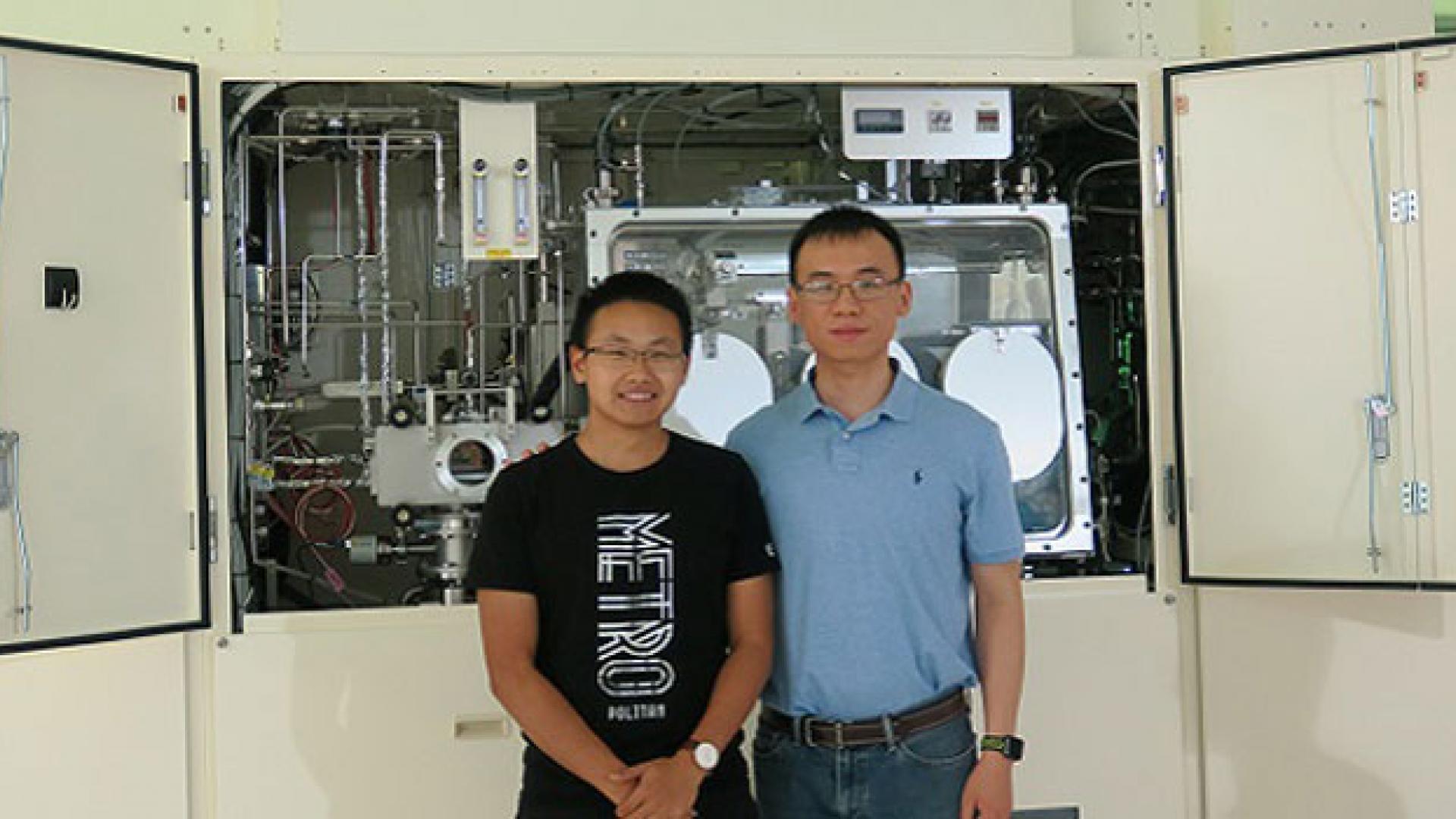2017 KAUST
Controlling the electronic properties at the interface between materials could help in the quest for improvements in computer memory. KAUST researchers show that varying the atomic composition of boron-nitride-based alloys enables tuning of an important electronic property known as polarization.
When an electric field is applied to a single atom, it shifts the center of mass of the cloud of negatively charged electrons away from the positively charged nucleus it surrounds. In a crystalline solid, these so-called electric dipoles of all atoms combine to create electric polarization.
Some materials exhibit a spontaneous polarization, even without an external electric field. Such materials have potential uses in computer memory, however, this application requires a material system in which the polarization is controllable. Visiting Student Research Program (VSRP) student Kaikai Liu, his supervisor Xiaohang Li and coworkers investigated one approach to polarization engineering at the interface between boron-nitride-based alloys.
Spontaneous polarization is strongly dependent on the structure and composition of the atomic crystal. Some materials, known as piezoelectrics, can change polarization when physically deformed.
The KAUST team used software called the Vienna ab initio Simulation Package to investigate the electronic properties of the ternary alloys boron aluminum nitride and boron gallium nitride. They looked at how they change as boron replaces aluminum and gallium atoms, respectively. “We calculated the spontaneous polarization and piezoelectric constants of boron nitride alloys within a newly proposed theoretical framework and the impact of the polarization at junctions of these two materials,” says Liu.
Read the full article

